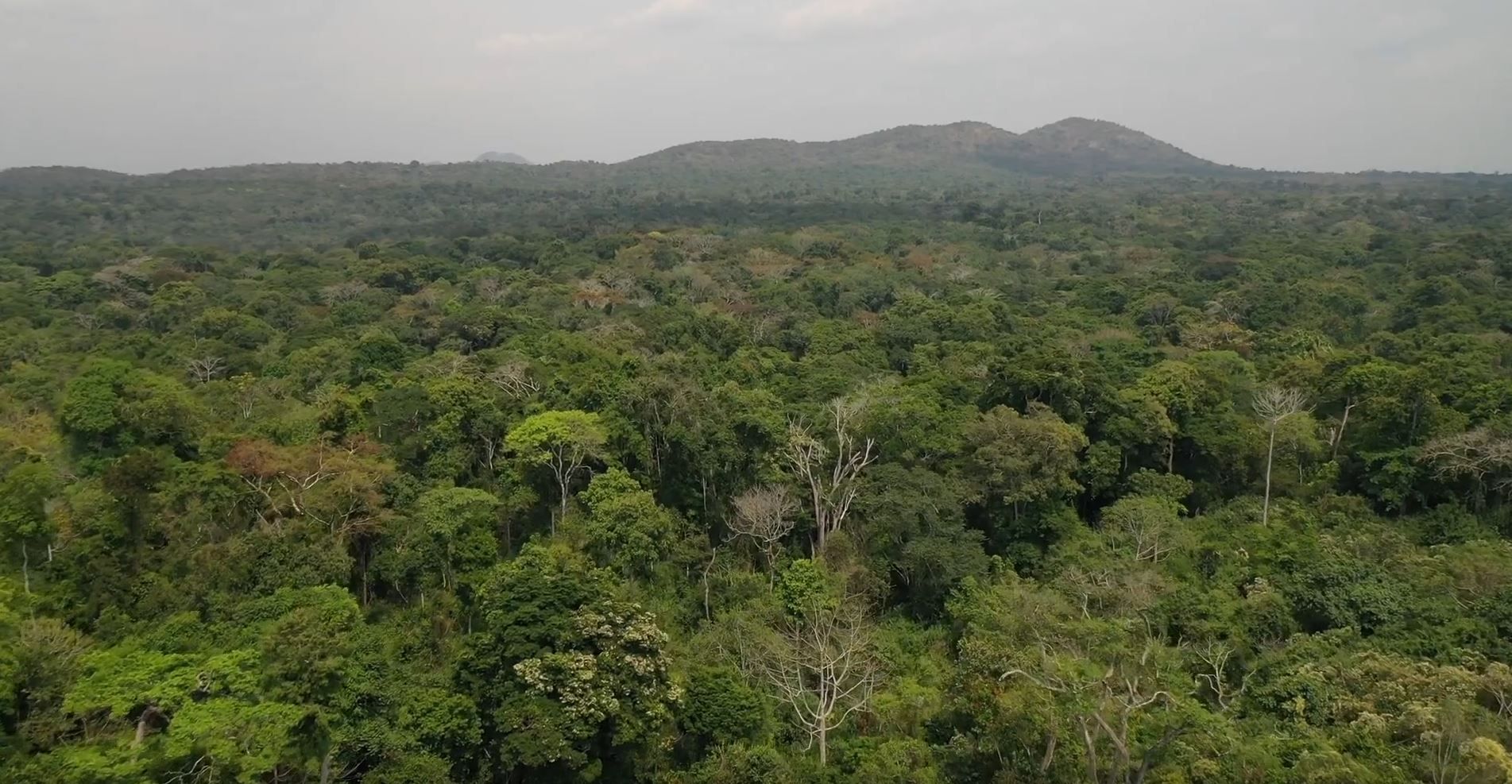
Local ownership and governance of nature in Uganda
Conserving key ecosystems like forests, as well as culture and livelihoods is a huge challenge for which solutions can only be found through strong collaboration between local, national and international networks of local communities, civil society, government and businesses. We are strengthening processes to connect different levels of nature conservation by supporting communities and civil society groups in Uganda.
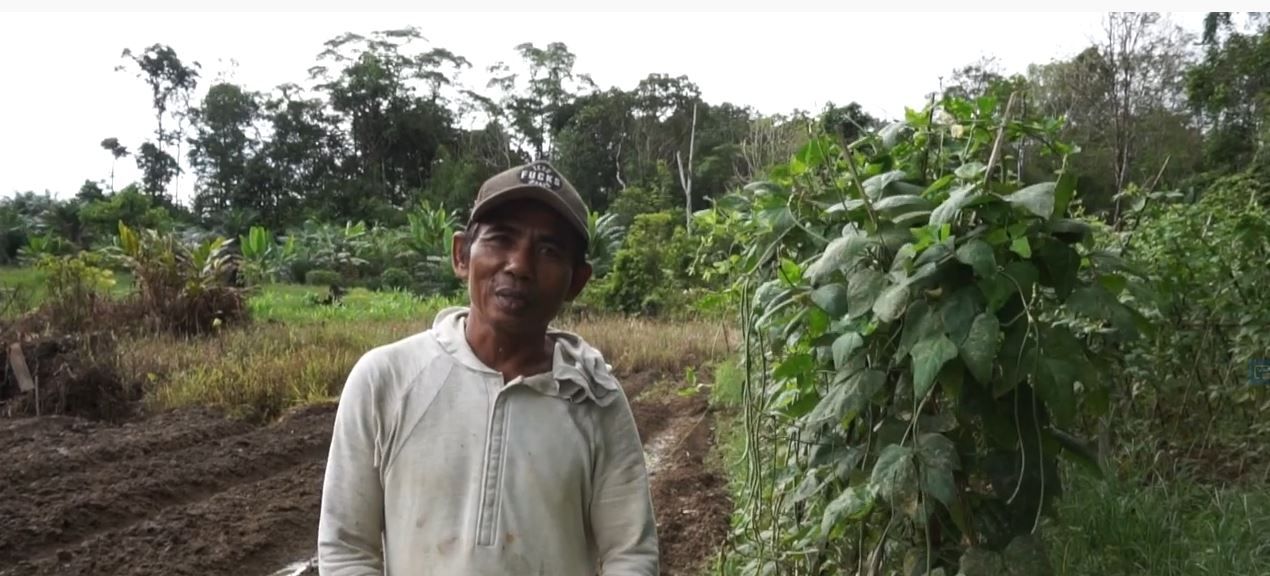
The Role of Credit Union in Financing Farmers Group in West Kalimantan
Credit Unions can make a significant change for farmer groups. Watch the video about a farmer group in West Kalimantan.
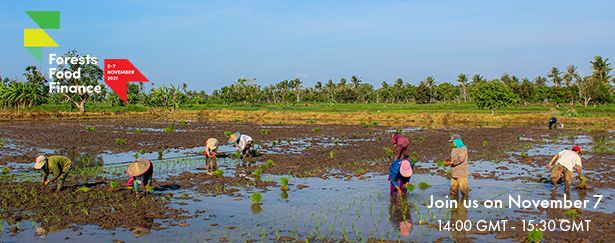
GLF Climate session: Developing an investment case for inclusive food system transformation
How international finance can better meet local needs and aspirations will be the central topic during a session on the GLF Climate: Forests, Food and Finance – Frontiers of Change (5 – 7 November 2021) on the sidelines of the COP26.
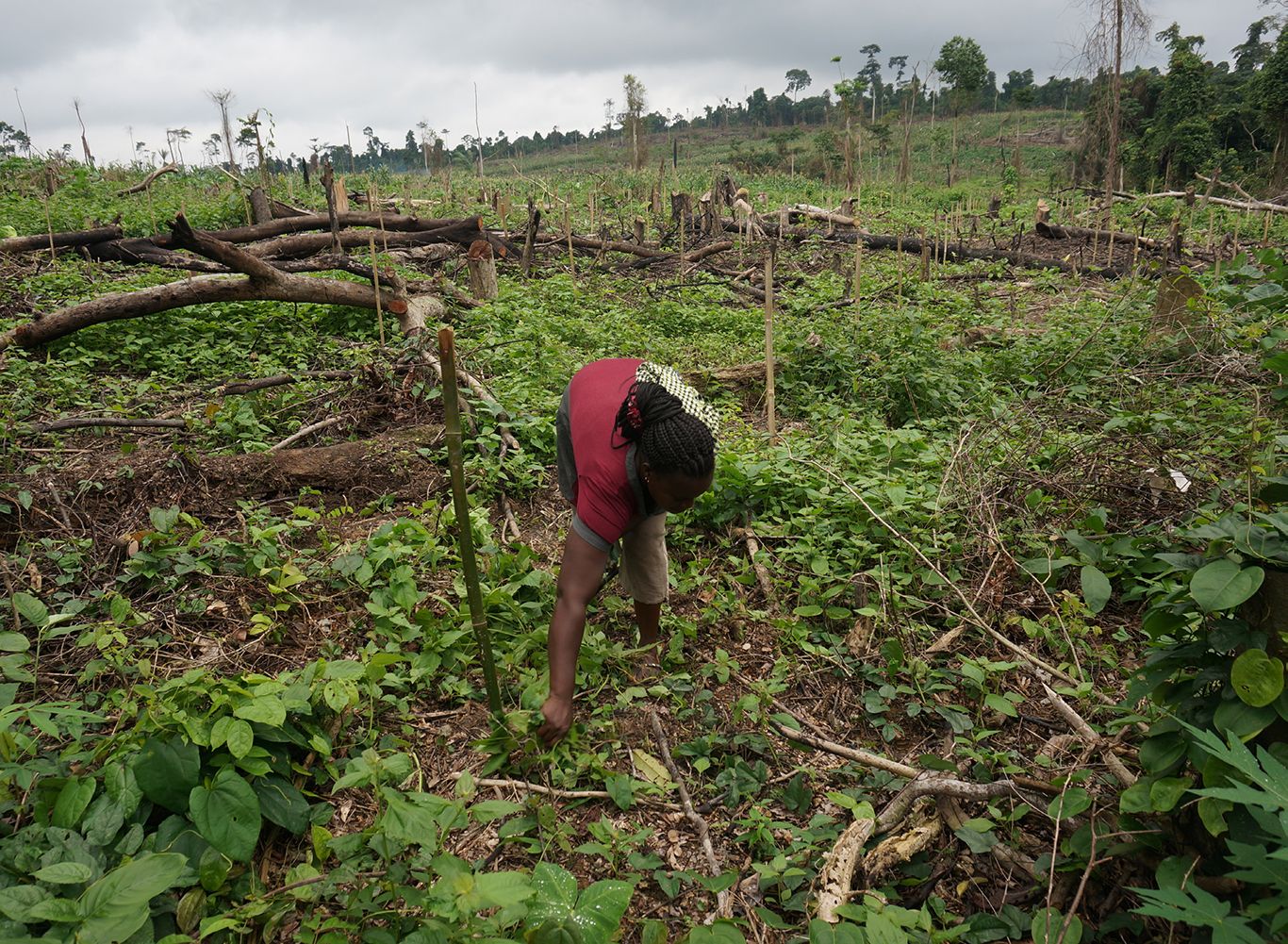
When promoting climate-smart landscapes, make sure to listen to farmers first
Farmers in the poorer areas of the world are highly vulnerable to the impacts of climate change. The international community is expected to step up efforts to help them adapt to the new circumstances. TBI stresses that such interventions will need to be designed based on a profound understanding of local perceptions and needs.

Local communities showcase eco-friendly bankable cocoa projects
Under the MoMo4C program, the first business contest in Cameroon is focussing on climate resilient cocoa production that have little or no impact on the forest, protects wildlife and procure benefits for indigenous and local communities in the Southeast of Cameroon. Going by the 12 projects submitted, local actors expressed the desire to regenerate ageing farms, create plant nurseries, reconvert existing farms for cocoa production, produce high quality cocoa and build relationship with long term credible financial partners.
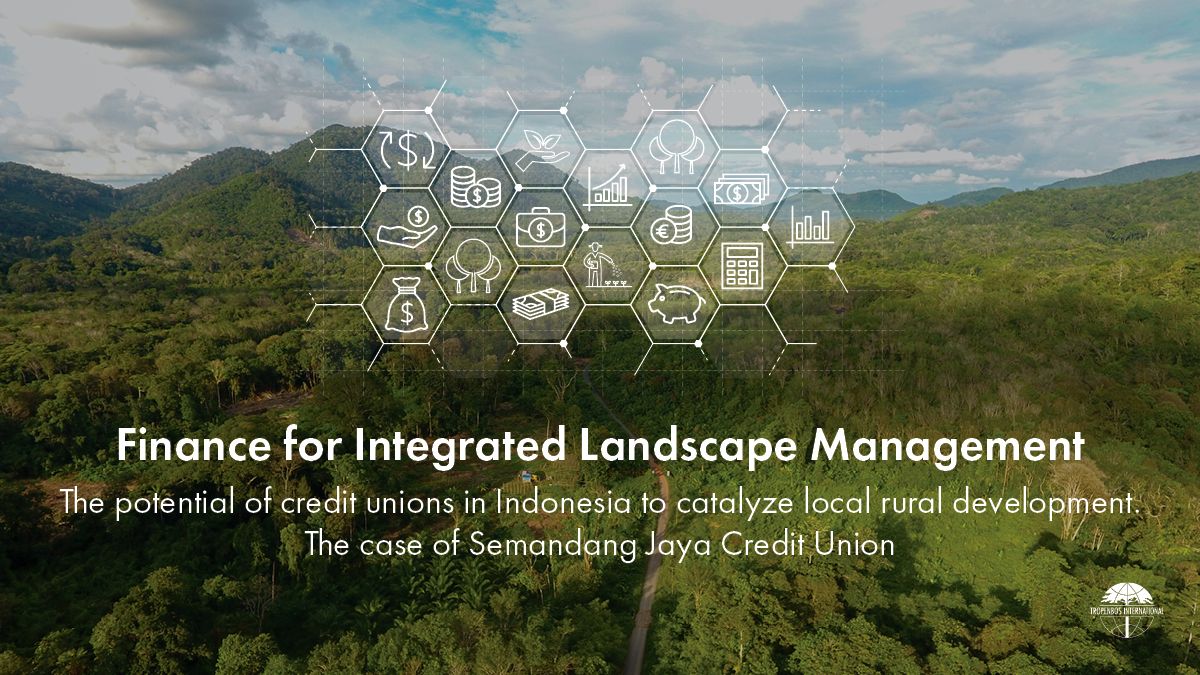
Report: The potential of credit unions in Indonesia to catalyze local rural development
This report is part of a series of case studies that provide insights into various mechanisms used to increase access to finance for smallholder farmers, SMEs and communities in their efforts to contribute to sustainable landscapes. This case study focuses on the various types of productive loans provided by the Social Performance Management Unit of the Credit Union Semandang Jaya in Indonesia.


